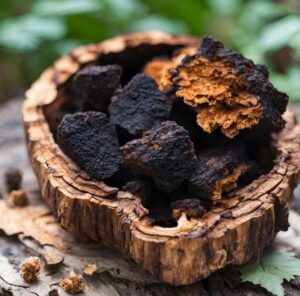
Osteoarthritis is the most common form of arthritis. The term comes from mid 16th century, via Latin from Greek, from the word arthron, meaning ‘joint’. “-Itis” is a suffix in medicine and it means Inflammation. Osteo means bone. Put them together and you get: inflammation of the bony joints!
Osteoarthritis is the most common chronic, degenerative joint disease with a prevalence of 38% in Canada (followed by heart disease at 27%) that affects mostly middle-aged and older adults (me included!). Osteoarthritis causes the breakdown of joint cartilage. It can occur in any joint, but it most often affects the hands, knees, hips, or spine.
Causes of Osteoarthritis?
Osteoarthritis can be classified as primary or secondary. Primary osteoarthritis has no known cause. Secondary osteoarthritis is caused by another disease, infection, injury, or deformity. Osteoarthritis starts with the breakdown of cartilage in the joint. As the cartilage wears down, the bone ends may thicken and form bony growths (spurs). Bone spurs interfere with joint movement. Bits of bone and cartilage may float in the joint space. Fluid-filled cysts may form in the bone and limit joint movement.
Osteoarthritis has often been referred to as a “wear and tear” disease. But besides the breakdown of cartilage, osteoarthritis affects the entire joint. It causes changes in the bone and deterioration of the connective tissues that hold the joint together and attach muscle to bone. It also causes inflammation of the joint lining.
How is osteoarthritis treated?
Treatment will depend on your symptoms, age, and general health. It will also depend on how severe the condition is. The goal of treatment is to reduce joint pain and stiffness, and improve joint movement. This goal is shared by both worlds, conventional and complementary medicine. Treatment may include:

There are five activities you should avoid to reduce the likelihood of joint damage and pain while living with knee osteoarthritis (most common form of arthritis), including the following:
What is the difference between Osteoarthritis and Rheumatoid arthritis?
I bet you have heard of this term “Rheumatoid arthritis” and wondered what it is.
Osteoarthritis occurs when the smooth cartilage joint surface wears out. Osteoarthritis usually begins in an isolated joint. Rheumatoid arthritis is an autoimmune disease, which means that the immune system malfunctions and attacks the body instead of intruders. Mostly, the joints. But it can also affect many non-joint parts of the body, such as the lungs, heart, skin, nerves, muscles, blood vessels, and kidneys.